The Harvard educated neuroscientist and face of The Satanic Temple, Lucien Greaves, talks advocacy, social justice, reason, and the rise of TST.
“I don’t mind, obviously, when people are offended.” – Lucien Greaves
Lucien Greaves never wanted to be the voice of The Satanic Temple. Quickly becoming known for speaking their minds, fighting for acceptance and equality, and introducing Satanism to the world, TST needed to put a face with the rapidly growing institution. With the boom in religious diversity on the rise, and Satanists making headlines, it was only a matter of time before people would want to know more.
For most, TST was known for wanting to hold a black mass at Harvard and putting testicles on the headstone of Westboro Baptist Church’s Founder’s mother’s tombstone. But TST stands for so much more, and it’s about time that the world knows exactly what is on their agenda.
I was lucky enough to speak with Lucien, and we discussed the history of The Satanic Temple and what they stand for, the documentary film Hail Satan?, what’s next on the horizon, and of course, horror movies.
INTERVIEW WITH LUCIEN GREAVES, CO-FOUNDER, THE SATANIC TEMPLE
Morbidly Beautiful: What made you want to start The Satanic Temple?
Lucien Greaves: The need for an active openly Satanic religious organization seemed obvious to me at the time of our inception. Evangelical theocrats have for years been chiseling away at the wall separating Church and State by way of opening more and more public forums to private religious displays, pious public officials have been calling for more and more exemptions and privileges in the name of religious liberty, and the judiciary has been less and less discerning regarding what qualifies a religious claim.
All of this was done while offering lip-service to the notion of religious pluralism and government viewpoint neutrality. But it is quite obvious that it was all designed to benefit one religious perspective in particular, and it was assumed that no other viewpoints would have the audacity to claim equal access under the same Religious Liberty arguments.
I never wanted to be a public figure, however, and that has been a bit of a difficult adjustment. I was well aware of the Satanic Panic during my childhood, and I saw how lives were ruined by the mere accusation of Satanism leveled against people who almost certainly had no attachment to any form of Satanism whatever. I knew that once I publicly attached myself to Satanism in this way, I could not go back; I had to vindicate The Satanic Temple or be ruined by it.
The first few years were incredibly rough. But things have advanced so quickly that most people just coming to us now already don’t seem to recognize just how outrageous our mere existence was in the beginning.
MB: TST has grown exponentially since its inception. Did you think it would get to this magnitude?
LG: I knew from the beginning that there was a significant population of Satanists for whom the work of The Satanic Temple would strongly resonate. Satanists had traditionally lacked competent public representation before The Satanic Temple, and I was aware that there were many who had been waiting for an organization like ours to appear — a Satanic organization that is relevant and active, working toward tangible real world goals, rather than merely selling a sense of identity by way of membership fees.
It did not surprise me that we found an immediate membership of our own upon public revelations of our activism. What was surprising, however, was how quickly many other secularists, non-believers, and others were able to understand and accept the importance and legitimacy of The Satanic Temple.
A lot of this, I think, is due to the recognition of the problem of a growing, and increasingly successful movement aimed at installing an Evangelical theocracy in the United States. I think that future historians will look at the rise of Christian Nationalism in the early 21st century as having helped inadvertently birth a new Satanic era.
Our meteoric rise has been surprising and, at times, difficult to keep pace with. But given the degree to which we’ve established ourselves now, at this point, it would be surprising if Satanism were not a formidable presence among world religions in the generations hereafter.
MB: How do you feel when you see this organization that you helped start, make such a difference in so many lives due to the charitable acts of various chapters?
LG: It is gratifying, and sometimes even a bit terrifying as I feel a massive sense of responsibility to do right by all the people who identify with us even as I know it is inevitable that a certain number of them will be disappointed, depending which decision we make in any given situation. I do lectures at colleges, Universities, conferences, and by invitation from different organizations quite often. And sometimes at those events, I encounter people who tell me their personal coming-to-Satan stories described with all the gravity and emotional weight befitting of a life-changing and life-defining religious conversion.
Some of them were atheists all along, others were part of some religious practice that tried to enforce destructive magical thinking. All of them feel they have found a sense of community among outsiders, even as most of them eschew groups and organized activities.
Our chapters often engage in charitable works that immediately impact the lives of those whom they are directly aiding. But I think the overall effects that those very activities are having on our culture are harder to measure, and will reverberate throughout generations. Surely, we will be credited in the future for the rise of Satanism as a legitimate religious identity. But I am a bit less certain that we will receive the credit we deserve for the increased recognition of, and identification with, non-theistic religion in general.
We are clearly demonstrating that religion can be disentangled from superstition. I think that once people embedded in religious communities stop feeling obligated to pretend that they believe in intellectually insulting supernatural tales, once they realize that they can still have a set of ethics, community, and set of practices, without compromising their reason, non-theistic religious groups will begin flourishing.
It is clear, however, that academics are waiting for some type of respectable non-theistic Christian organization to gain traction in the United States before they acknowledge that non-theistic religion has decisively arrived. When that happens, I predict that our influence will go almost entirely unmentioned.
MB: Did you ever think you would have to wear a bulletproof vest, and fear for your safety, just to speak in front of a crowd?
LG: Yes. I grew up in the United States. I grew up during the Satanic Panic. The American fixation with guns and legends of the lone hero, along with a deeply embedded culture-wide anti-Satanist conspiracist folklore made donning the horns and coming out as a Satanist publicly feel like an act of suicide to me. I was actually surprised when nobody took a shot when I delivered my speech outdoors at a rally at the Capitol in Arkansas — an event that serves as the climactic scene in the documentary Hail Satan?.
We had received threats from some pathetic Nazi group, the Klan, and various other outraged idiots. When I was walking to the podium, my security crew and I noticed a number of armed people loitering around the periphery. Even then, however, I couldn’t take those assholes seriously. And I immediately insulted them upon taking the stage, pointing out to the gathered crowd the fact that the self-proclaimed “master race” were clearly not models for peak human intelligence, and were something quite shy of prime physical specimens as well. I described them as “flabby old men.”
This did not sit well with some of the online outrage mob that then began to bewail my use of “body shaming” to insult the white supremacists. The whole event seemed to manifest a wide spectrum of comically pointless outrage, all while we were advocating for pluralism, tolerance, and free expression.
MB: What are your thoughts on the influx of media — TV shows, movies, music, etc. – that use Satanism for entertainment value?
LG: Satanism has always been in a feedback loop with popular culture. Certain music was deemed Satanic before some artists embraced the Satanic themes that had been attributed to it, incorporating imagery that had previously been used to demonize and denigrate. Dungeons & Dragons was adjudged Satanic by infantile frightened and superstitious minds, prompting some of the kids who loved the game to grow interested in Satanism, too.
Anton LaVey tried to satisfy the expectations of the Satanic Panic narrative in sometimes laughable ways, even incorporating ritualized symbolic acts of Human Sacrifice into his repertoire of faux evil. The difference now, with The Satanic Temple, is that we are focused on our own affirmative values, and we are defining Satanism on its own terms, rather than allowing Satanism to be defined by anti-Satanist hysteria.
As this continues, you are going to start noticing the influence working in the other direction: fictional narratives with Satanist protagonists, fallen angels and demons as archetypes for heroic rebels against a universal tyrant, the blasphemer as a messenger of paradigm-overthrowing truth. Already, I feel, the Satanic Cult Ritual Abuse narrative rings dishonest and outdated, even for fiction, in a world of Catholic Church pedophilic crimes and Satanist activism aimed at preserving individual liberties and dignity.
Now that Hail Satan? is being digested into the general cultural consciousness, I think it will not be too terribly long before the plot twist of the Satanic-revealed-as-heroic becomes the new cliche.
MB: What was your reaction when you were approached about the Penny Lane documentary, Hail Satan? ? What do you think of the finished product?
LG: We had been approached by a lot of documentarians and television producers prior to being approached by Penny Lane, and we had turned them all down. Most of the pitches we had received were insulting; ideas for reality show-style glimpses into the lives of Satanists, biography-driven narratives about myself and our core leadership, a “humanizing” exploration of a misunderstood group — the typical bullshit you can expect from the uncreative hacks who consistently miss the forest for the trees as they unrelentingly try to turn every issue into some individual protagonists’ personal struggle.
The story of The Satanic Temple is the story of a movement, it is the story of a unique cultural moment arising out from an increasingly bitter Culture War. Penny understood this as soon as she approached me, and she was not dissuaded when I insisted that the film could not contain re-enactments, no staged conflicts or dialogues, and no biographical vignettes of individuals involved. Anything less would be a disservice to all of the volunteers and members whose faces you do not see in the press, who nonetheless may have imperiled their reputations and/or careers for standing with us.
We do not care to be “humanized” so long as people understand what we do and do not stand for. We do not seek press to merely elevate our profile, and certainly not for anybody’s aggrandizement. We seek to make people aware of the issues that are meaningful to us.
All of that said, however, we could only set some prohibitions regarding what we would not do for the film, as well as express what our hopes for the film would be. We had no say over the ultimate narrative that Penny would construct from the footage she collected over the course of somewhere around 3 years. When I first watched the film with Penny in the New York apartment of the producer, Gabriel Sedgwick, I thought it was very well put together and accurately told.
I had no objection to it, but I had no real feel for whether or not it would be considered a “good” film by the standards of general viewers. I was far too close to the topic matter to have any objective view of it. It was not until I went to screenings and experienced the enthusiastic reactions of sold-out theater crowds that I understood that the film was going to be a landmark in Satanic history.
MB: If you weren’t doing what you’re doing now, what would you be doing?
LG: Probably what I was doing before: desperately writing long, well-researched, overly-academic and belabored articles — the type that people find unreadable — about the issues I am now confronting with The Satanic Temple in some feeble hope of effecting change in that way. I would be exposing the unethical practices of pseudoscientific licensed mental health professionals who propagate paranoid Satanic Panic conspiracy theories among their mistreated clientele (see our Grey Faction campaign at www.greyfaction.org for more about that).
I would be screaming in isolation about the various issues The Satanic Temple now litigate and that I debate about in print, on radio, and on television. Except nobody would really be listening. It took donning a pair of horns and placing my testicles onto a grave before anybody took me seriously.
MB: What’s on the horizon for TST?
LG: We are doing our best to keep up with our explosive growth. We are still entirely volunteer run and we have to keep initiating new structural changes just to manage the work-load. There is plenty to keep us active in the short-term with regards to the theocratic efforts of Evangelical Nationalists, but we want to be certain that our organizational foundation is solid and self-sustaining enough to outlast us all.
We never want The Satanic Temple to become a cult of personality, and somebody in my position should be of a limited term. I have signaled it a few times before, but I want to get the organization established on a few more important fronts, then duck out of public life entirely. When I have mentioned it before, it put a few people into a bit of panic. But I am confident that at the point in which I disappear, delete bullshit like Facebook, and stop doing interviews and commentary, The Satanic Temple will be entirely able to stand on its own without me.
I think that only in living to see The Satanic Temple reach that point in which my presence is irrelevant and unnecessary can I feel truly accomplished in all of this.
MB: What’s your favorite scary movie?
LG: That is a difficult question. I have quite a few of them. When I was a child, I used to watch Creature Feature on television during the weekends which would show a lot of Hammer Horror films, classic Universal Horror films, and poorly dubbed foreign horror, sci-fi, and kung fu films. I loved all of them. I often find myself going back to ‘An American Werewolf in London’ which is where pre-CGI special effects really peaked, I think.
Not to take anything away from Harryhausen, but stop-motion — while incredibly fun to watch — was never terribly convincing. Some of the really poorly-made films were my favorites because I found some of them to be comical in their poor execution. That is a passion of mine that has carried over into adulthood, and I am particularly a fan self-financed independent films in which the directors cast themselves in the starring role to act out their bizarre fantasies… and the more bizarre, the better.
I really love the films of one such director out of Nevada by the name of Neil Breen. I was the kid in school who looked forward to our being subjected to outrageously outdated mental hygiene films because of how hilariously inept they were in every possible way. I peruse those films to this day in the Prelinger Archive. I also love silent films, such as Dr. Mabuse the Gambler, and a lot of Lon Chaney’s filmography.
One project I have lined up for the near future is creating a soundtrack for a Lon Chaney silent horror film called ‘The Unknown.’ Last year, some of my creative colleagues and I did a couple of live soundtracking shows for the film Haxan at the Philadelphia Mausoleum of Contemporary Art, and I hope to do more projects like that in the future.


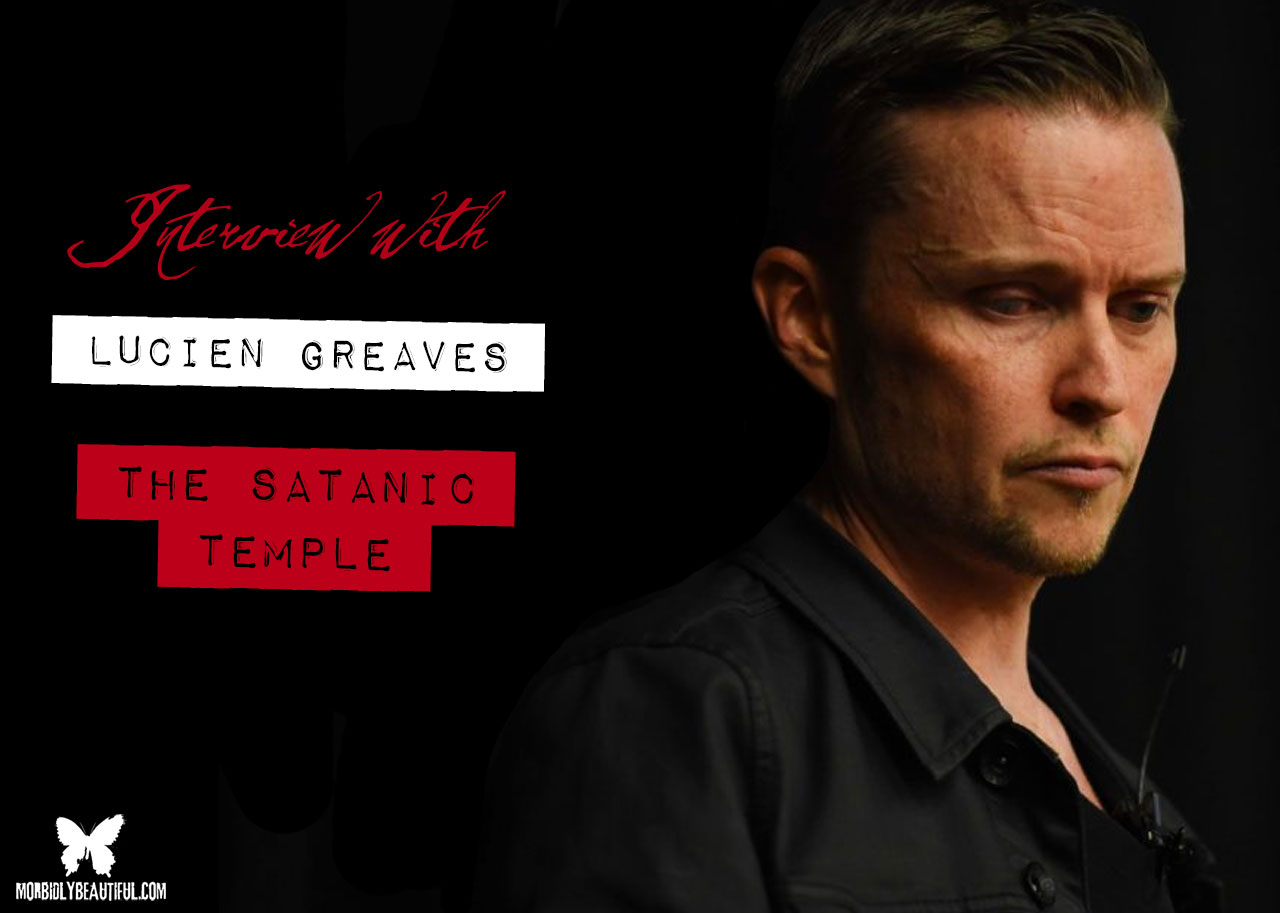
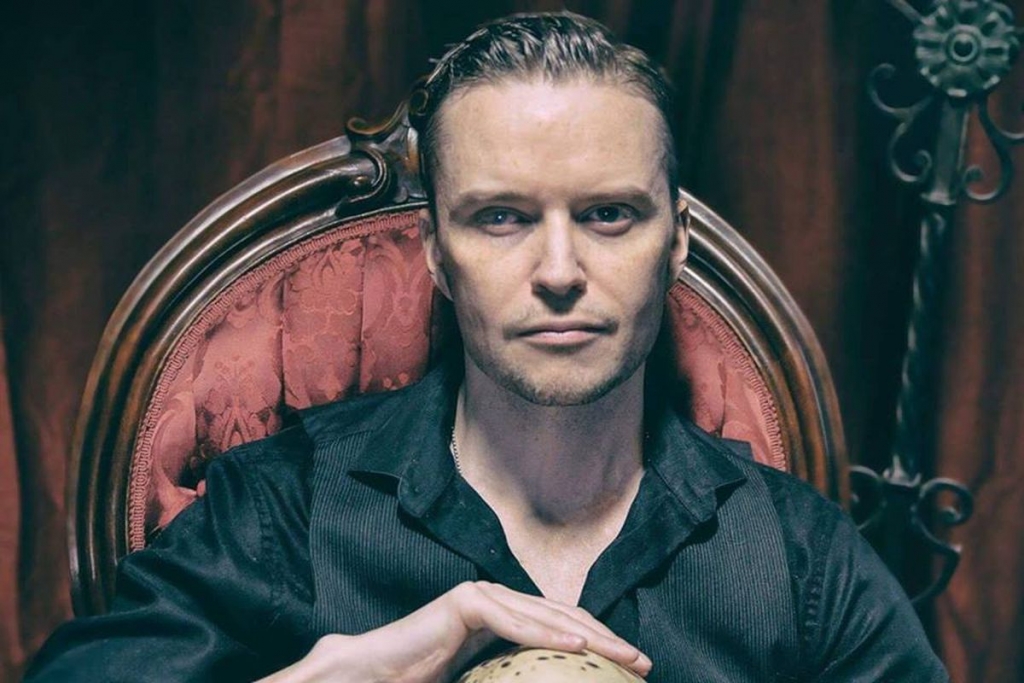

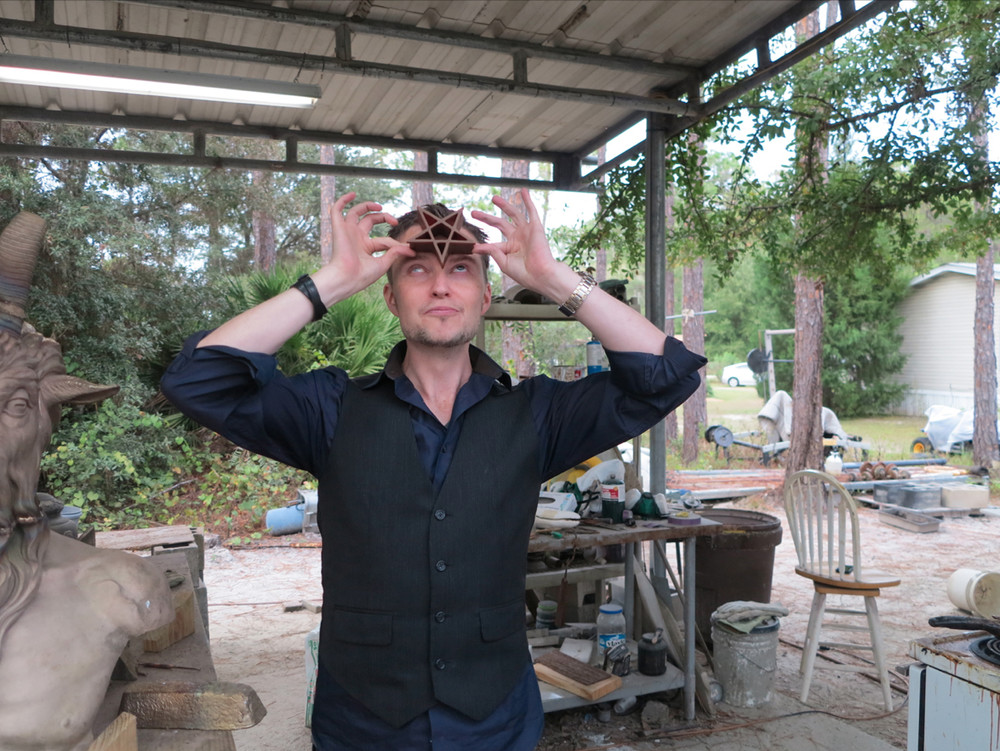
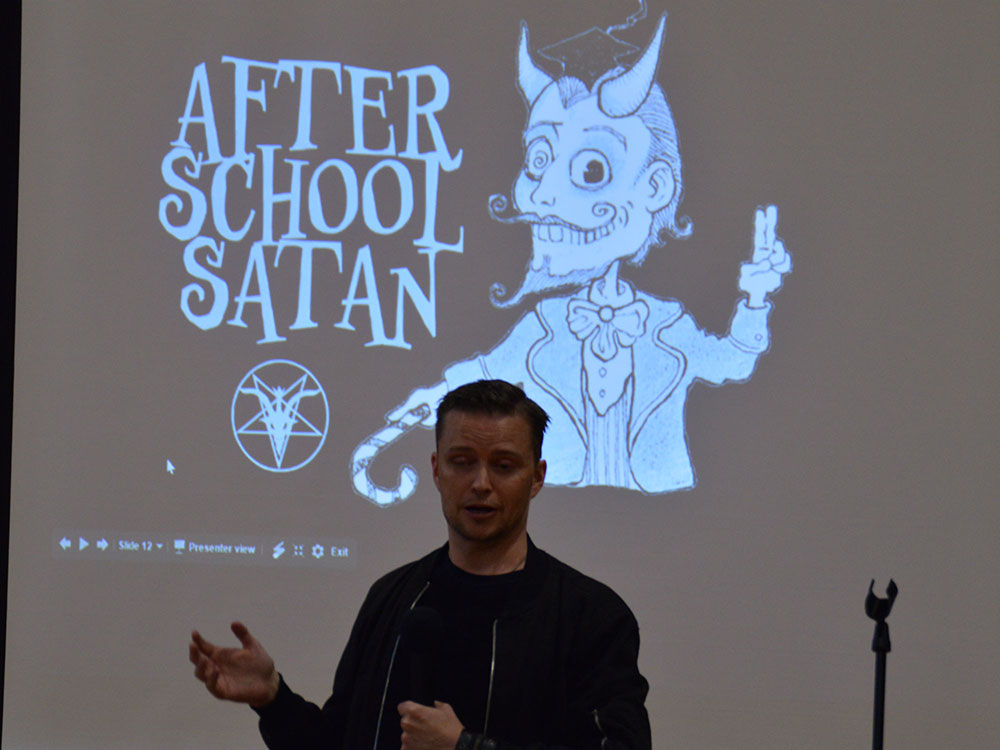
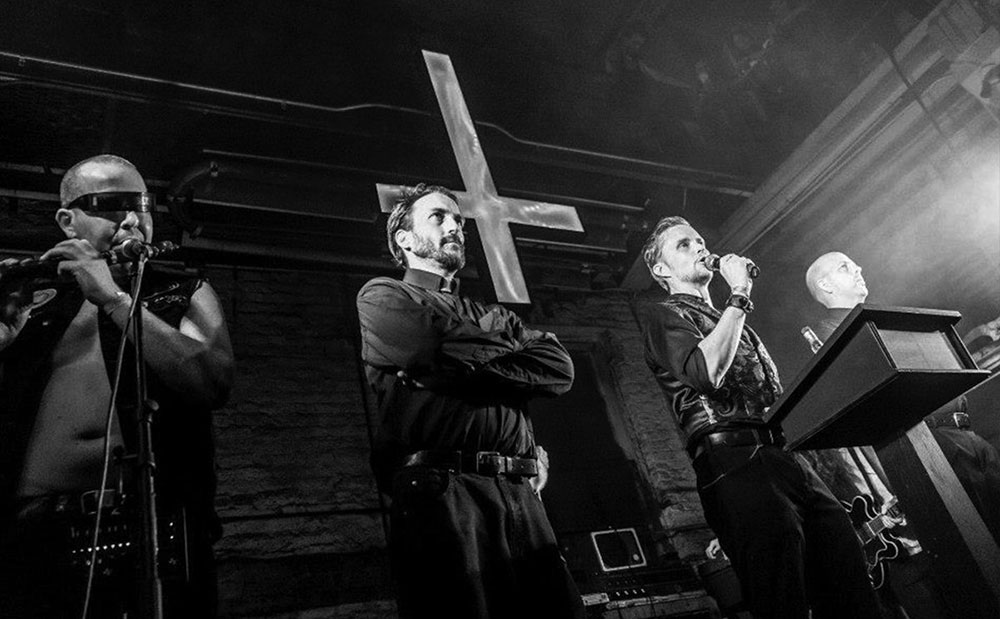
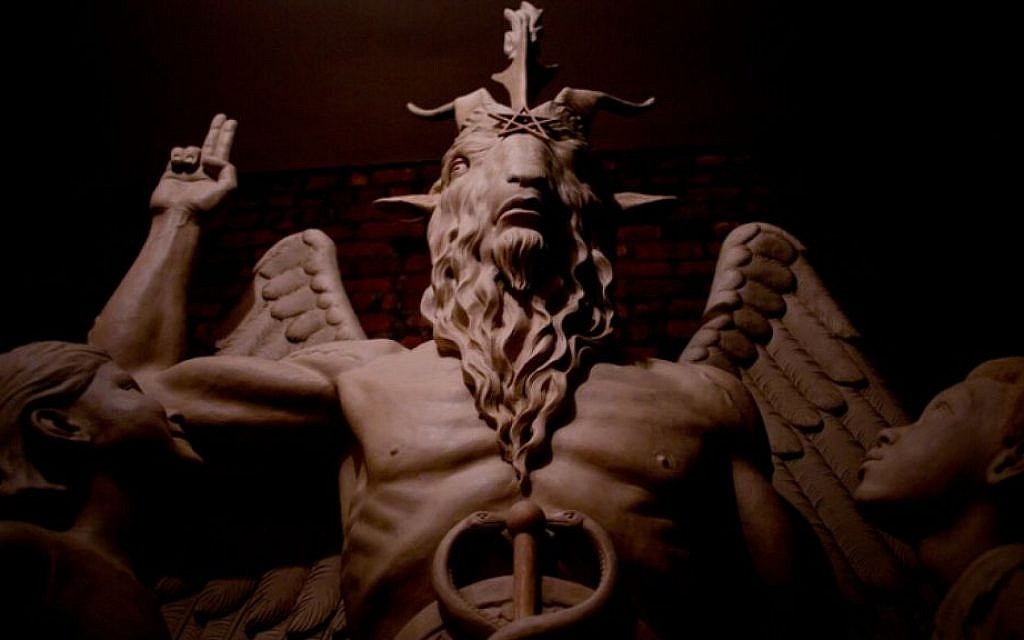
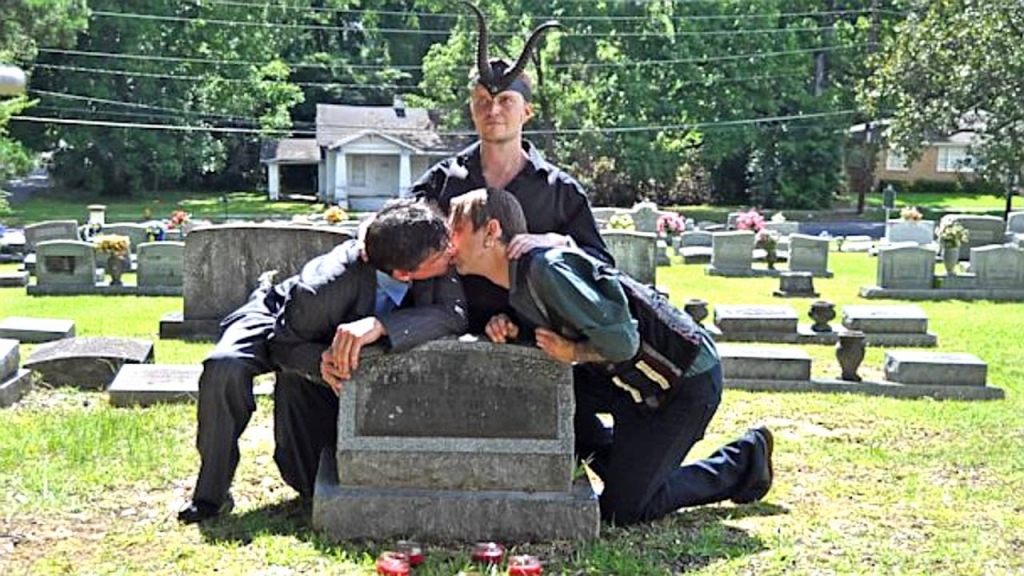
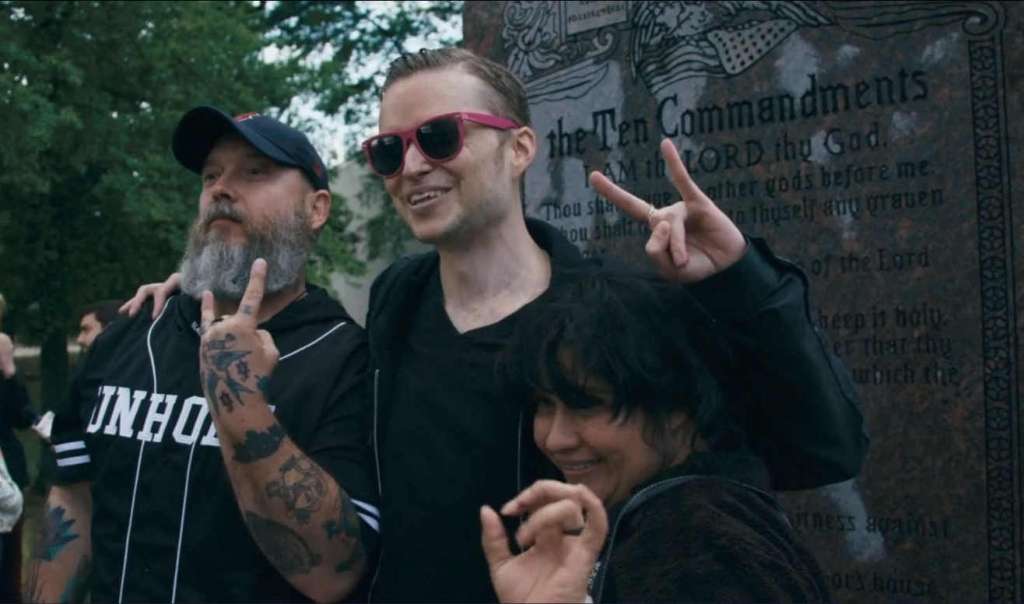
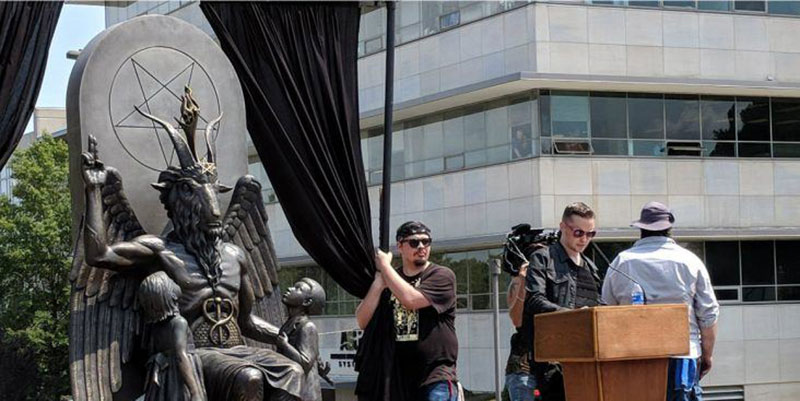
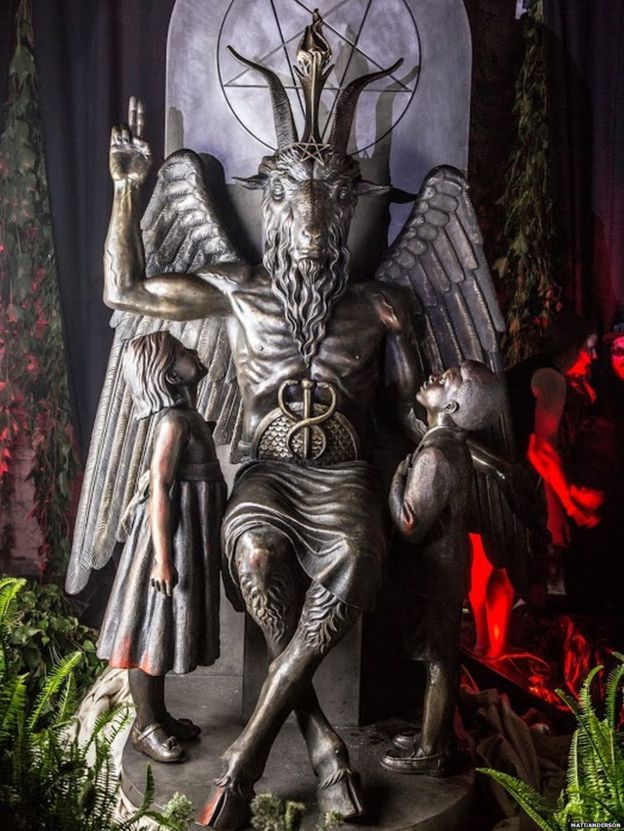

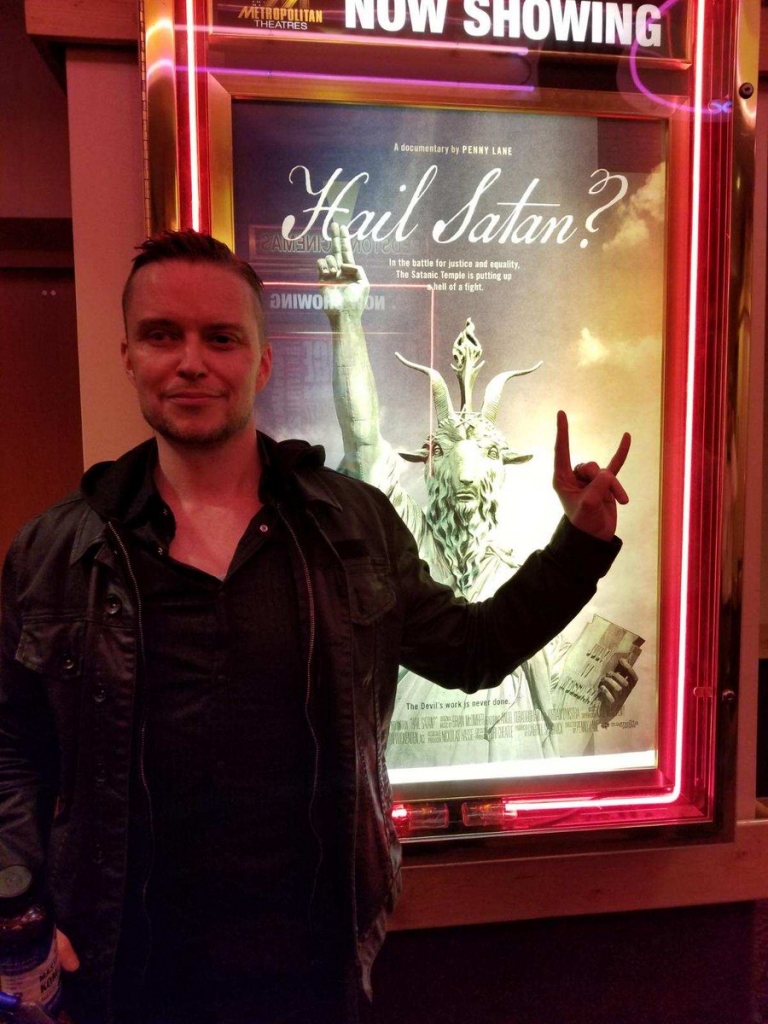
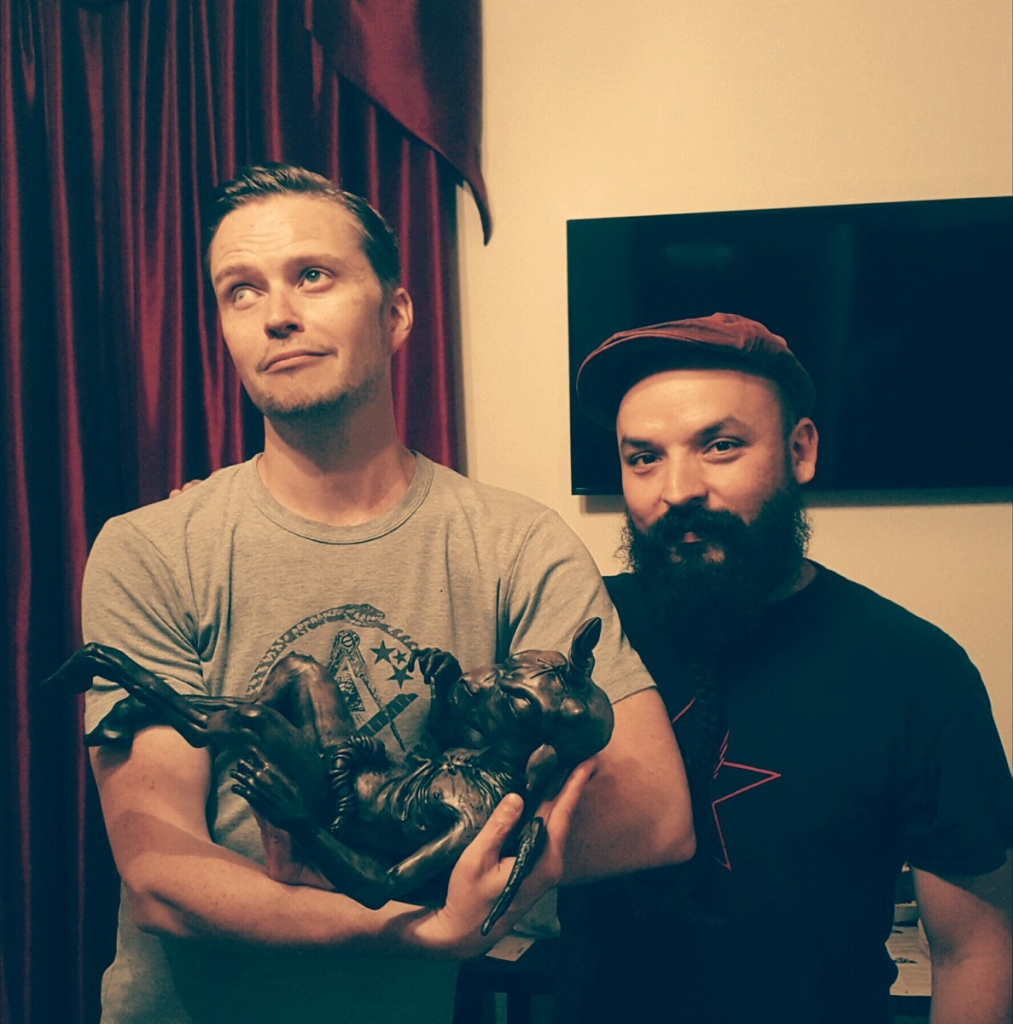

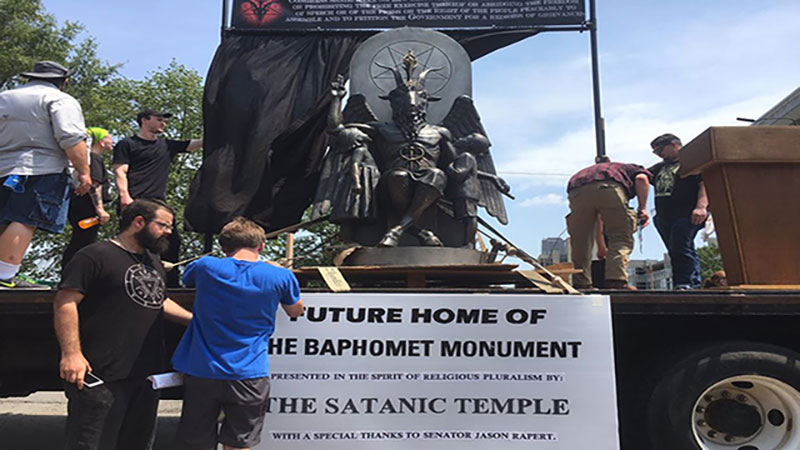

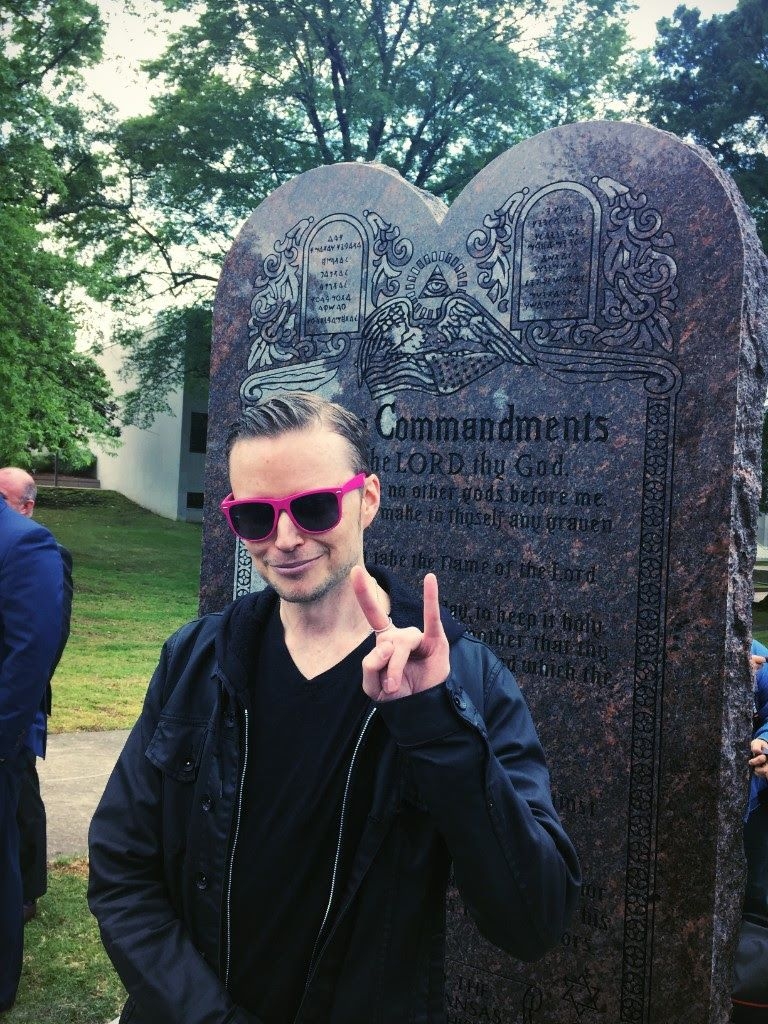
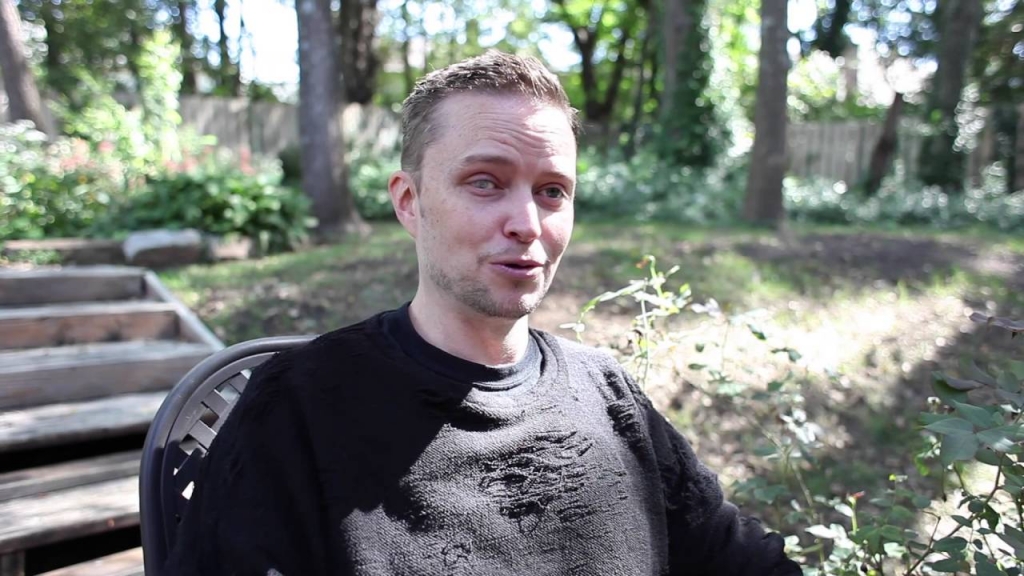
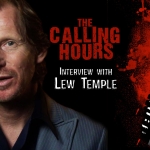











Follow Us!